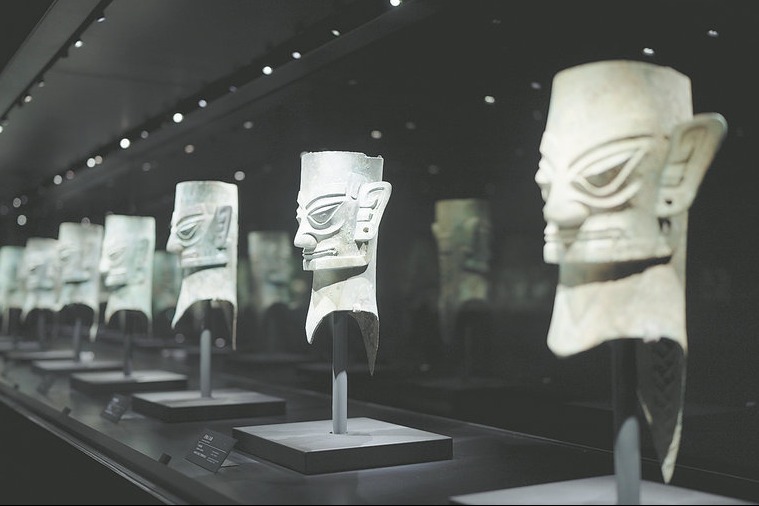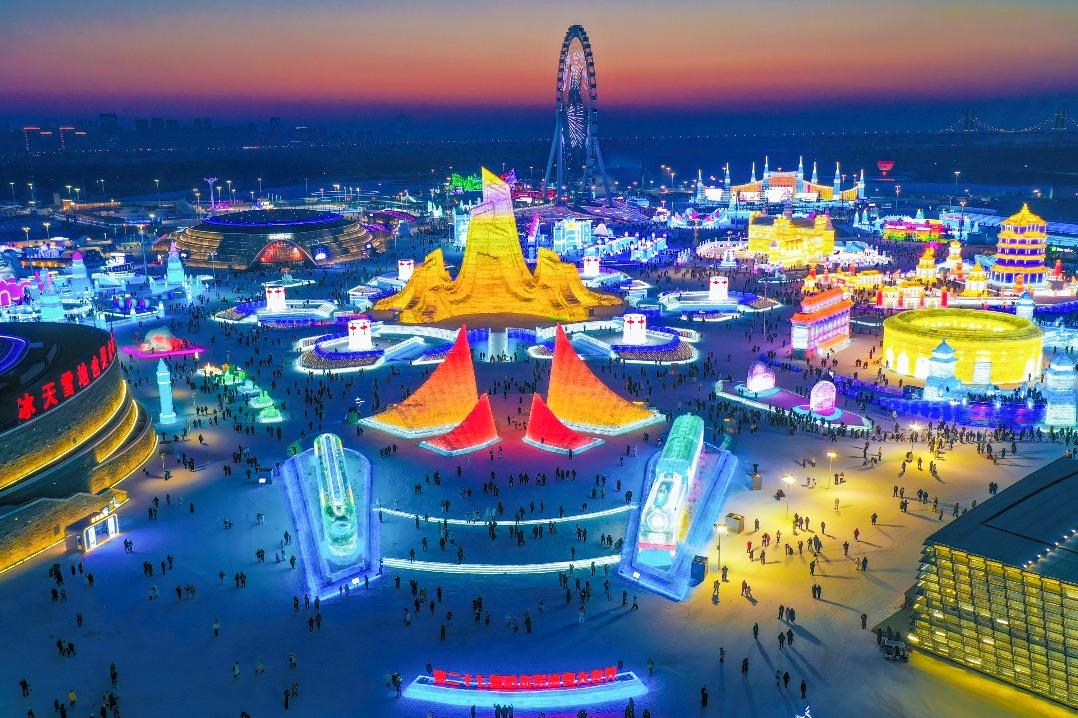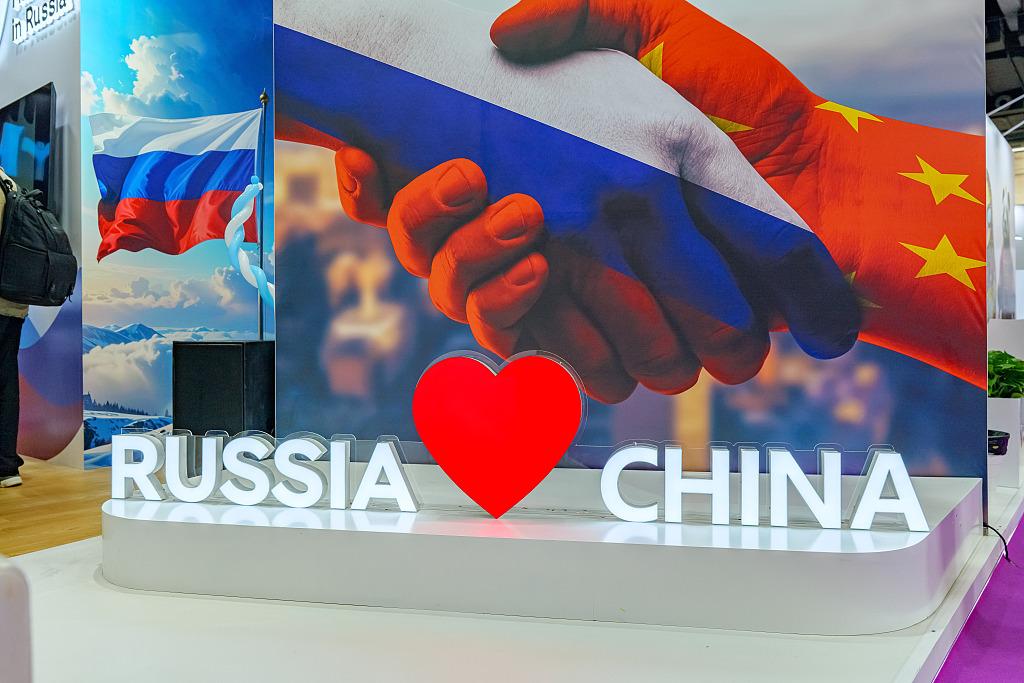Forging a creative time
Exhibition of early modern Chinese design reflects both history and the change and dynamism of the era, Lin Qi reports.
By Lin Qi | CHINA DAILY | Updated: 2024-04-12 07:41

Over time, their accumulation of knowledge and experience greatly contributed to social and industrial developments in the years following 1949.Examples vividly displayed at the exhibition range from the national flag and emblem, landmark buildings like the Beijing Exhibition Center and domestic brands like Hongqi automobiles, to items of daily use such as qipao (cheongsam) dresses and textile patterns.
Hao Ninghui, dean of the School of Design at the Central Academy of Fine Arts, says that the meaning of these designs lies in not only their innovative forms, but also in their embodiment of a cultural identity and recognition of Chinese cultural values, which blends elements of traditional arts and crafts in a harmonious way.
Examples of note include designs by Chang Shana, the respected scholar of Dunhuang art, for the ceiling decorations of the banquet hall at the Great Hall of the People and for a silk scarf, both done in the 1950s, which incorporate symmetric, decorative motifs taken from the Dunhuang murals in Gansu province.
























